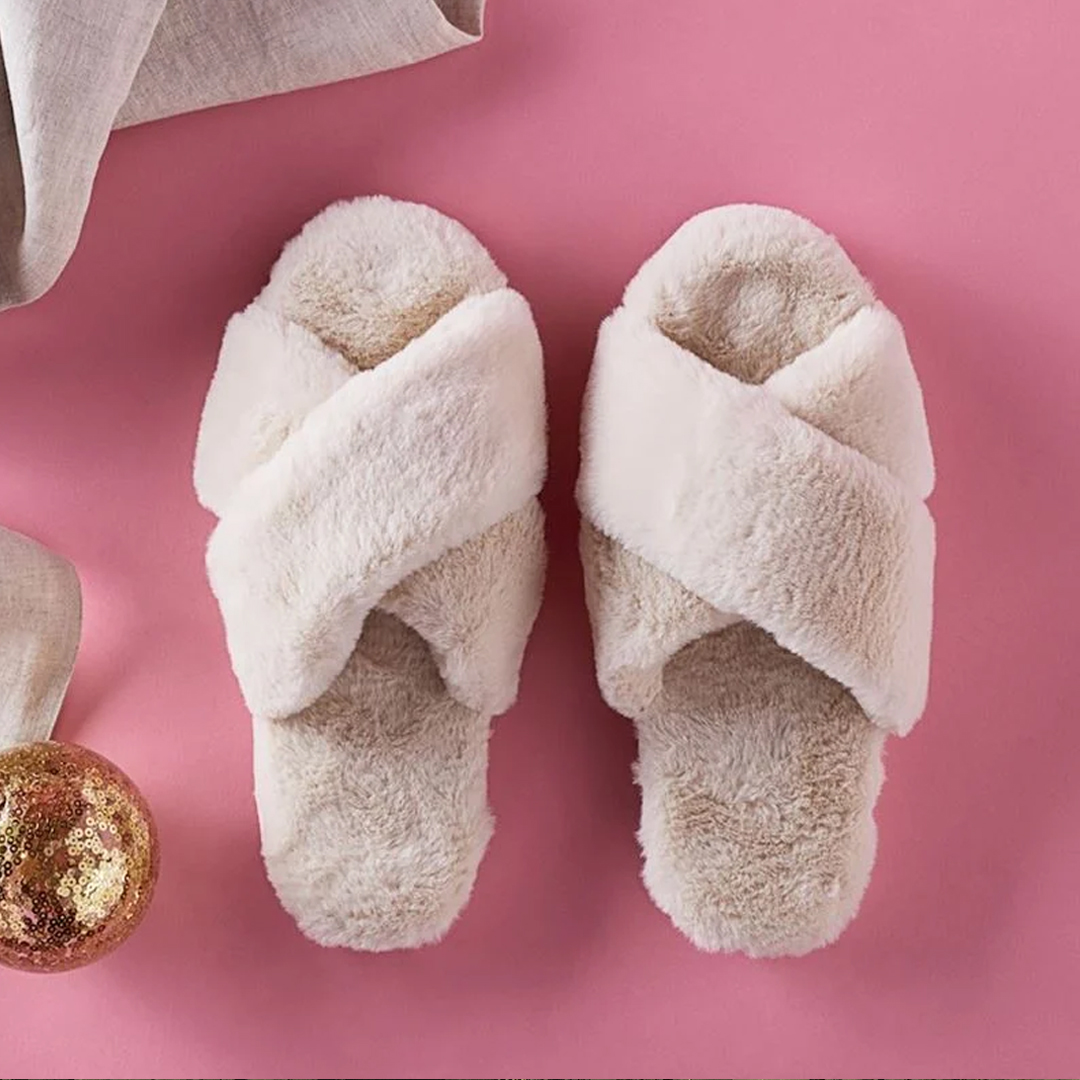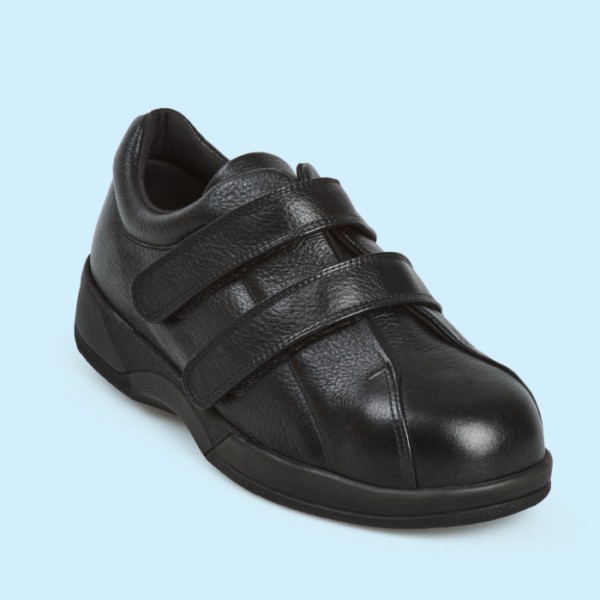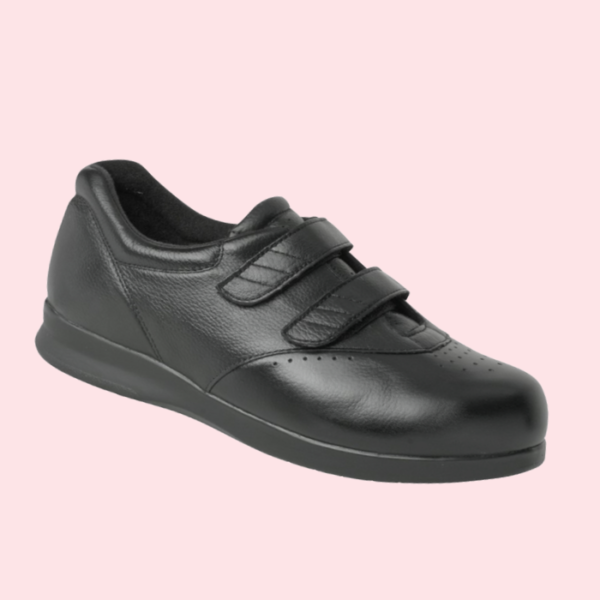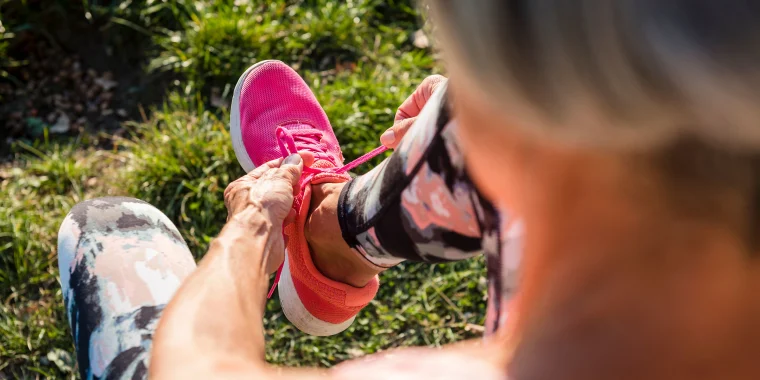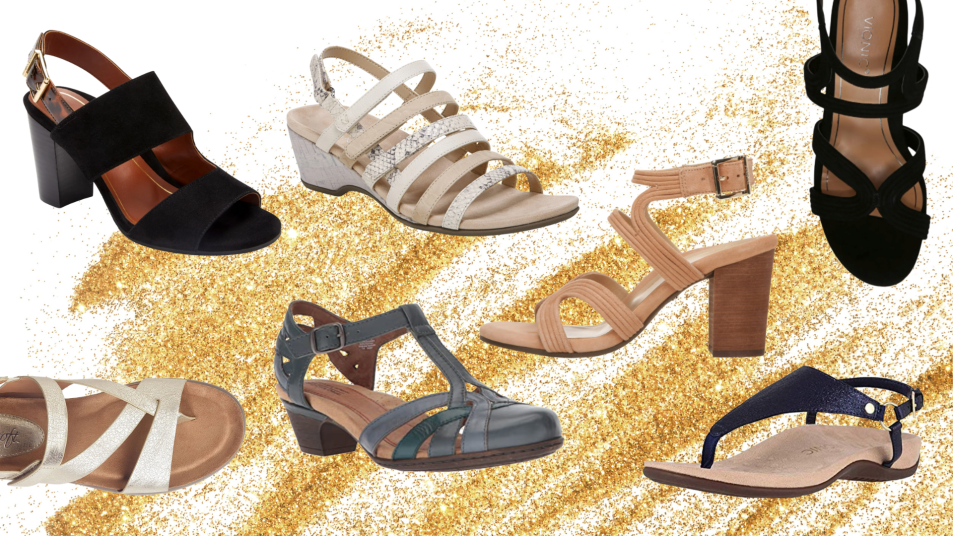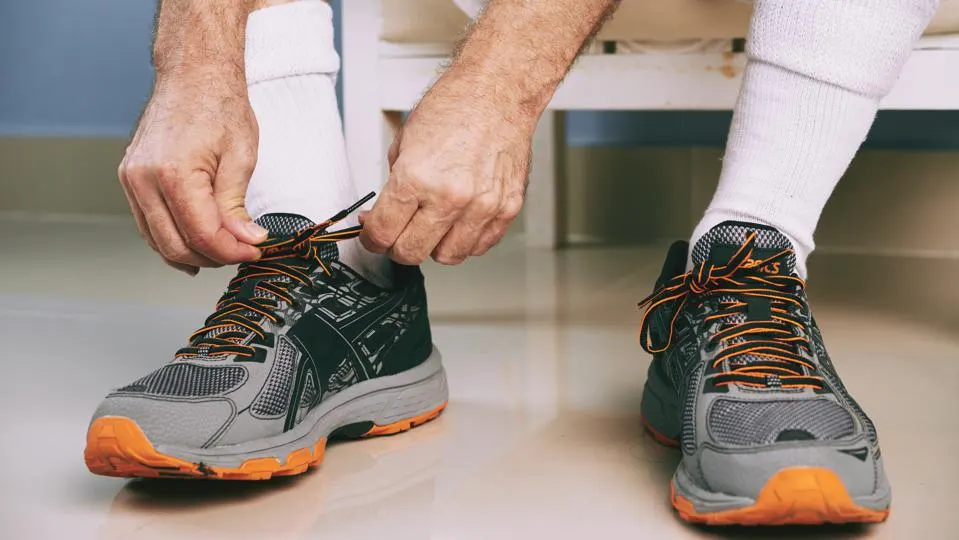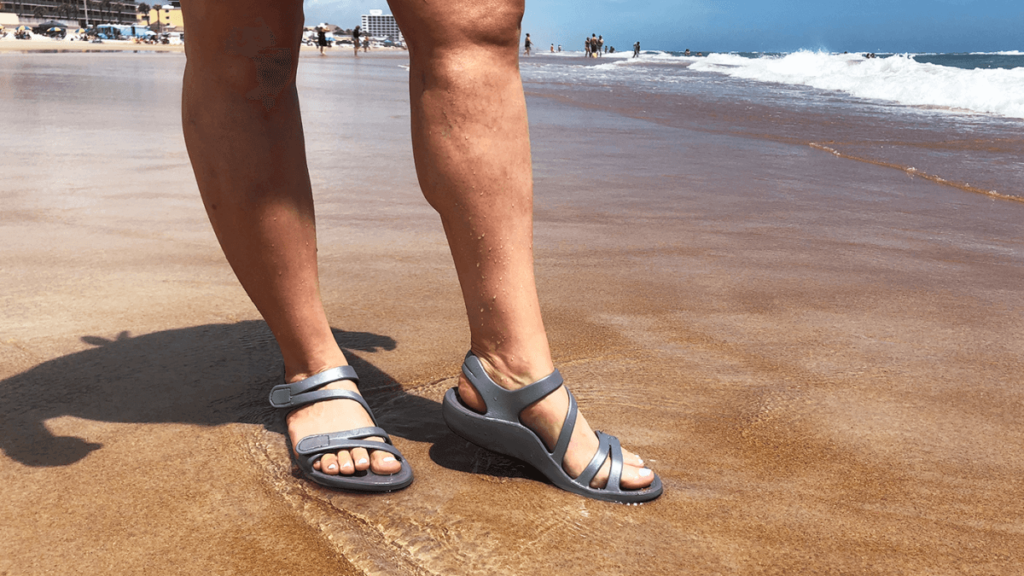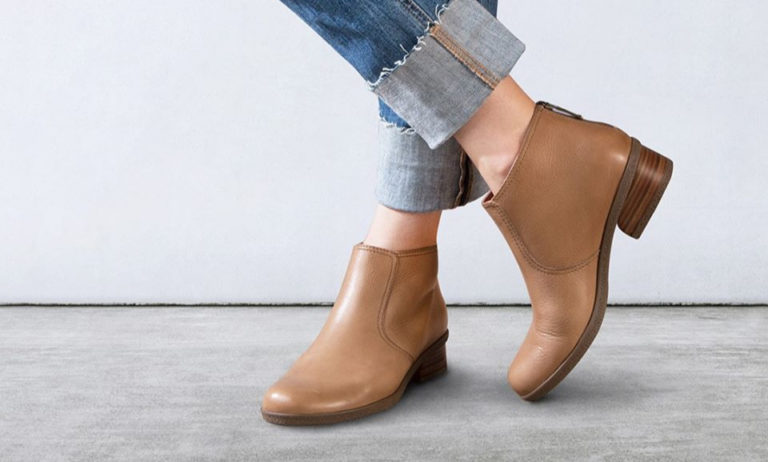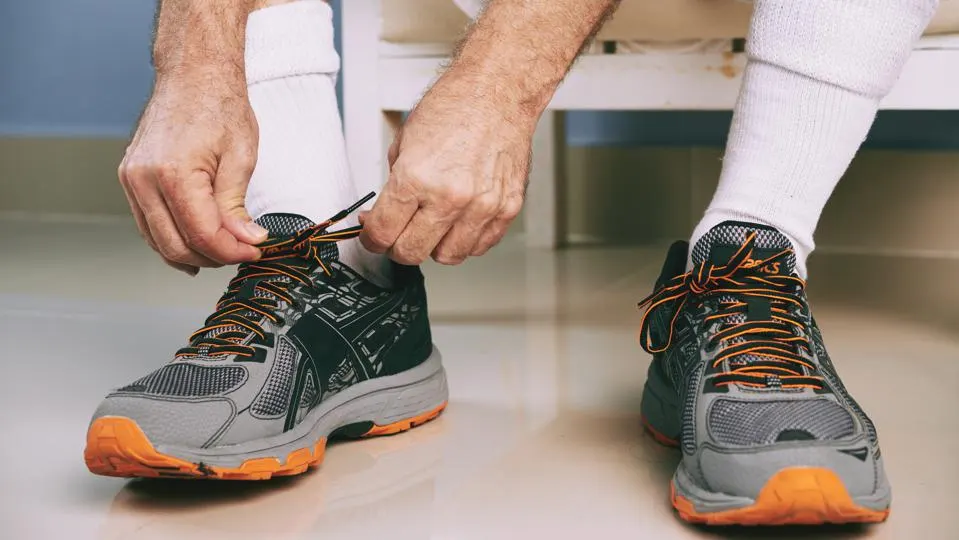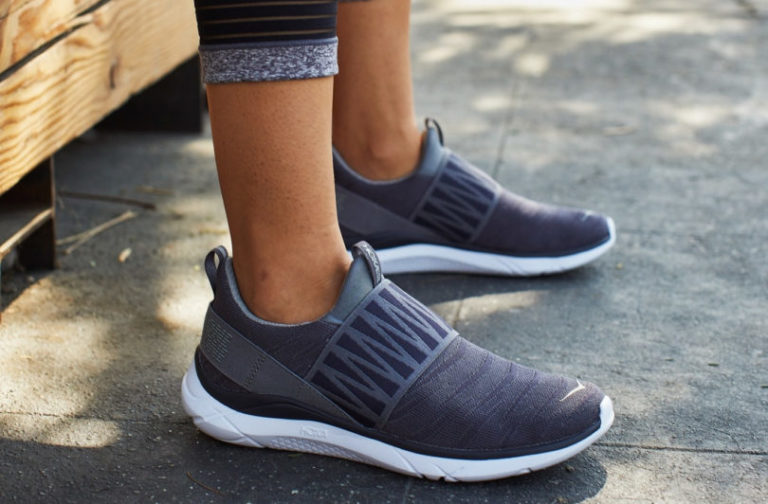Edema, a condition characterized by swelling in the feet, can cause discomfort and pain, making it challenging to find suitable footwear. However, wearing the right shoes can significantly alleviate these symptoms and promote comfort and mobility. In this comprehensive guide, we will explore all aspects of shoes for swollen feet, providing valuable insights and tips for finding footwear that offers relief and support.
Finding Comfort and Relief: A Guide to Shoes for Swollen Feet
Do you suffer from swollen feet and find it difficult to find comfortable shoes? If so, you’re not alone. Shoes for Swollen Feet is a guide to finding relief and support for those with edema, a condition characterized by swelling in the feet and discomfort. We’ll explore all aspects of best shoes to handle edema, providing valuable insights and tips for finding footwear that offers comfort and relief.
Understanding Edema and its Effects on Footwear
Edema is a condition characterized by swelling in different parts of the body, including the feet and ankles. It occurs when excess fluid builds up in the tissues, leading to discomfort, pain, and difficulty moving around. Many different factors can contribute to edema, including pregnancy, injuries, or underlying medical conditions such as heart or kidney problems.
When it comes to footwear, edema can pose many challenges. Swollen feet can make it challenging to find shoes that fit comfortably, especially if the swelling fluctuates throughout the day. Ill-fitting shoes can cause further irritation and pain, leading to a vicious cycle of discomfort and swelling.
Edema can also make it difficult to wear certain types of shoes, such as those with narrow or tight toe boxes. These shoes can compress the toes and limit circulation, leading to further swelling and discomfort. High heels and other styles that place excessive pressure on the feet and ankles should also be avoided by those with edema.
If you suffer from edema, it’s important to prioritize your footwear choices. By selecting shoes that are supportive, comfortable, and offer ample room for your feet to move and breathe, you can alleviate many of the symptoms associated with the condition. Keep reading for tips on how to choose the right shoes for your swollen feet.
Factors to Consider When Choosing Shoes for Swollen Feet
Finding the right shoes for swollen feet can be challenging, as you need to balance comfort, support, and style. Here are some factors to consider when selecting footwear that offers relief and helps manage the symptoms of edema:
- Size and Fit: It’s essential to choose shoes that fit properly and provide ample space for your swollen feet. Shoes that are too tight or narrow can exacerbate edema symptoms and lead to discomfort and pain.
- Breathability: Look for shoes made of breathable materials like leather or mesh that allow air to circulate and prevent your feet from overheating or sweating.
- Cushioning and Support: Choose shoes that offer cushioning and support to reduce pressure on your swollen feet. Look for features like arch support, memory foam insoles, and shock-absorbing soles.
- Adjustability: Shoes with adjustable straps, laces, or buckles can help accommodate swelling and provide a customizable fit. This feature is particularly helpful if your swelling fluctuates throughout the day.
- Slip-on or Easy to Wear Shoes: If you have difficulty bending or have limited mobility, slip-on or easy-to-wear shoes like sandals or clogs may be more comfortable and convenient.
By considering these factors, you can find shoes that help manage your edema symptoms and keep you comfortable and mobile.
Top Features to Look for in Shoes for Swollen Feet
When it comes to finding shoes for swollen feet, there are several key features you should look for to ensure you get the support and comfort you need. Here are the top features to consider:
- Adjustable Straps or Laces: Shoes that come with adjustable straps or laces are ideal for people with swollen feet as they allow for a custom fit that can accommodate the swelling.
- Wide Widths: Look for shoes with a wider than average width to give your feet plenty of room to breathe and move around.
- Soft and Breathable Materials: Opt for shoes made from soft and breathable materials such as leather, mesh, or fabric to reduce irritation and improve ventilation.
- Cushioned Insoles: Shoes with cushioned insoles help absorb shock and provide support and comfort, making them perfect for people with swollen feet.
- Supportive Soles: Choose shoes with supportive soles that help distribute your weight evenly and reduce pressure on your feet.
- Roomy Toe Box: Shoes with a roomy toe box provide plenty of space for your toes to move around, which is essential for people with swollen feet.
- Non-Slip Soles: Look for shoes with non-slip soles that provide traction and reduce the risk of falls, especially for older adults with swollen feet.
Remember, the key to finding shoes for swollen feet is to prioritize comfort and support over fashion. By focusing on these top features, you can find shoes that offer relief and help improve your quality of life.
Get Consultation Form A Healthcare Professional For An Accurate Diagnosis And Personalized Recommendations
It is essential to seek the advice of a healthcare professional when dealing with swelling in the feet. Swelling can be a symptom of underlying conditions such as diabetes, kidney problems, heart failure, or venous insufficiency. Your healthcare provider will help diagnose the cause of the swelling and provide personalized recommendations for footwear and treatments.
A healthcare provider may recommend compression socks, custom-made shoes, or orthotics to reduce swelling and improve comfort. They may also suggest elevating the feet, taking medications, or making lifestyle changes such as diet and exercise.
It is essential to be honest with your healthcare provider about any discomfort or pain you are experiencing, as this will help them provide the best possible advice for managing your condition. They can also help you with a referral to a podiatrist, who can offer specialized advice on shoes for swollen feet.
In summary, it is important to get professional consultation when dealing with swelling in the feet. This will help diagnose any underlying conditions, offer personalized recommendations, and ensure the best possible management and relief for the discomfort caused by edema.
DIY Tips and Tricks for Making Shoes More Comfortable for Swollen Feet
Sometimes even the most comfortable shoes need a little extra help to provide relief and support for swollen feet. Here are some DIY tips and tricks that you can use to make your shoes more comfortable:
- Invest in shoe stretchers: Shoe stretchers are a handy tool that can help you adjust the size of your shoes to better fit your feet. They work by gradually stretching out the shoes, making them more comfortable and spacious.
- Use shoe inserts: There are many types of shoe inserts available that can help alleviate pressure and pain in the feet. Consider using gel or foam inserts to provide extra cushioning and support.
- Wear compression socks: Compression socks are designed to improve circulation and reduce swelling in the feet. They can be worn with any type of shoe, and can make a significant difference in your overall comfort level.
- Adjust the laces: If you’re wearing lace-up shoes, adjusting the laces can help make them more comfortable. Consider loosening the laces around the instep to provide more space, while keeping them snug around the ankle for added support.
- Stretch the shoes with heat: Another way to stretch out shoes is to use heat. You can use a hairdryer to warm up the shoes, then wear them for a few minutes to allow them to conform to the shape of your feet.
By implementing these DIY tips and tricks, you can make your shoes more comfortable and suitable for swollen feet. However, it’s important to remember that these measures are not a substitute for seeking professional medical advice. If you’re experiencing persistent swelling or pain, it’s essential to consult with a healthcare professional for an accurate diagnosis and personalized recommendations.
Breathability and Moisture Management
Breathability and moisture management are two critical factors to consider when selecting shoes for swollen feet. When our feet swell, they tend to sweat more, leading to excess moisture buildup and an increased risk of fungal infections. Therefore, it’s essential to choose shoes made from breathable materials that promote air circulation and minimize moisture buildup.
Breathable materials like mesh, perforated leather, and synthetic fabrics like polyester, nylon, and spandex are ideal for shoes designed for swollen feet. These materials help to keep your feet dry and cool, minimizing the risk of infections and preventing further swelling.
In addition to breathable materials, shoes with moisture-wicking properties are also a good option for those with swollen feet. These shoes are designed to absorb sweat and keep your feet dry throughout the day. Some materials used to make moisture-wicking shoes include bamboo, wool, and polyester. The combination of breathable and moisture-wicking materials is an excellent way to keep your feet comfortable, dry, and odor-free.
Another aspect to consider when looking for shoes with breathable and moisture-wicking properties is the design of the shoe. Look for shoes with vents or perforations on the sides, which help promote air circulation. Shoes with a padded footbed or a removable insole are also great because they allow for increased airflow, keeping your feet cool and comfortable.
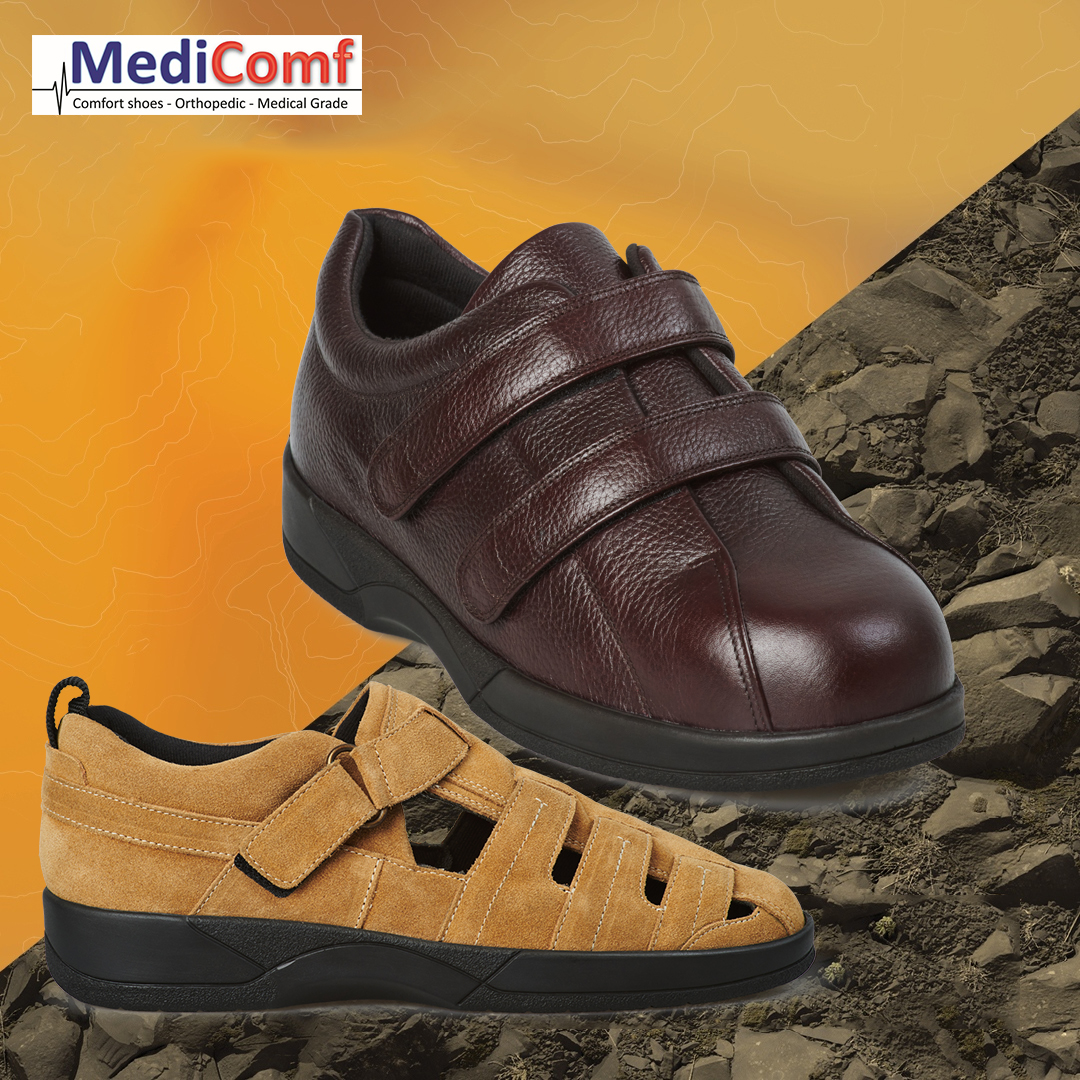
Shoes
